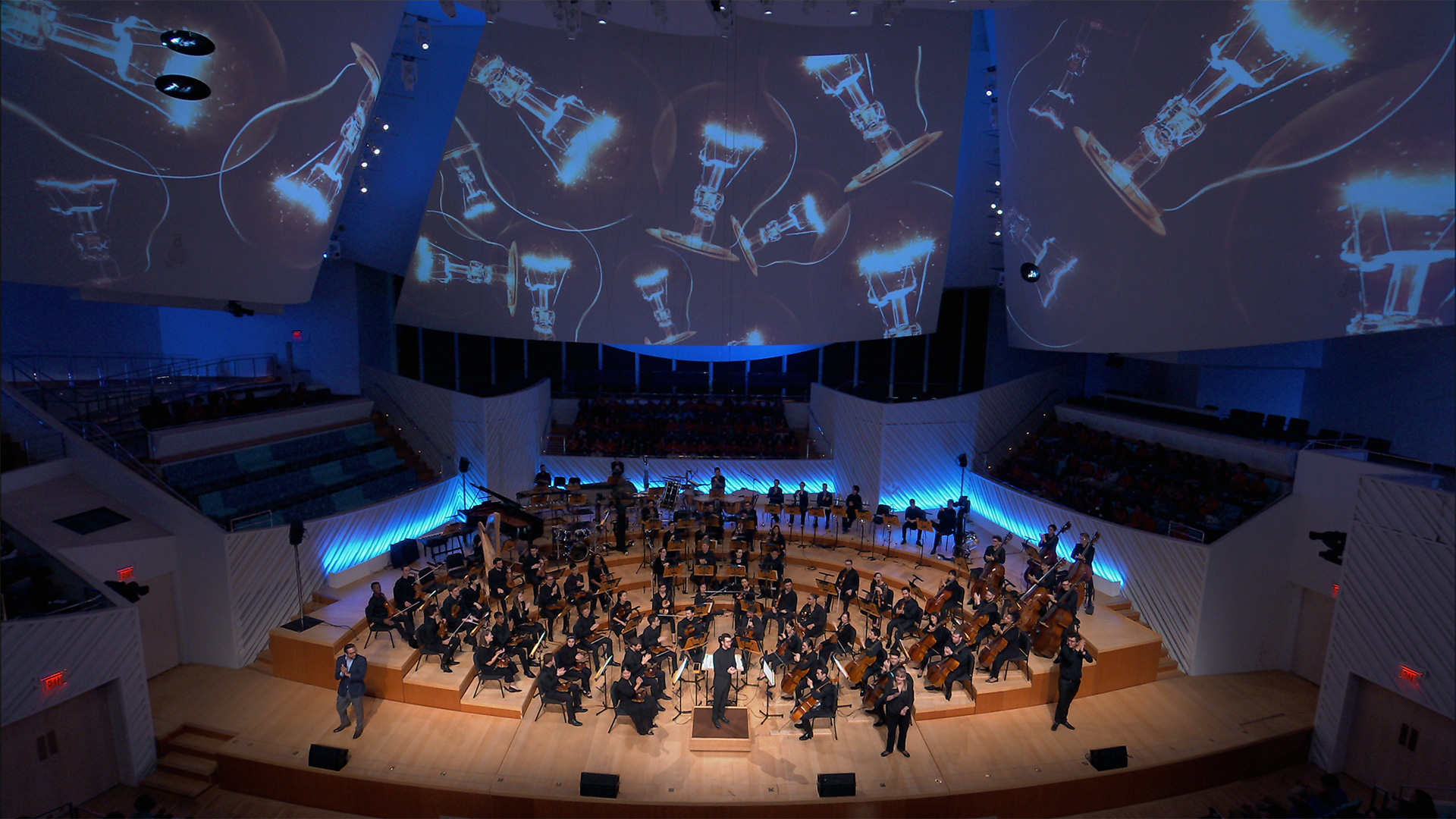Conversation

Goals
Audience will use dialogue as a reference to understand melodic form.
Overview
Demonstrate different ways two lines or voices can interact, ie. question and answer, unison statement, arguments, etc.
Process
- Pick a piece that has a melody that can easily be broken into rhetorical elements.
- Demonstrate these elements and their interactions on their own.
- Perform the piece.
Audience Type

What does this activity look like in action?
Example Script:
Piece: Mozart, Symphony No. 40 in g minor, first movement.
Performer:
[Inflecting up] I am going to ask you a question? [Inflecting down] I am going to ask you a question. How do you know when I’m asking and when I’m telling? When we speak to one another, our inflection communicates a lot. If I speak with an upward inflection? We come to expect an answer with a downward one. Melodies sometimes play on this same expectation, the pattern of question and answer. In the opening bars of this symphony, you’ll hear the violins play a set of notes that ends with an ascent [Play bars 1-3]. Next, you hear the same repetition but this time ending down [Play pickup to bar 4-6]. Just like our own answers will often contain a piece of the question itself (What’s your name? My name is…), the melody’s response also contains much of the question. As we play the movement through for you, listen for more questions, answers, repetitions, and imagine for yourself what Mozart is saying to all of us.

Modifications
- Demonstrate what happens if you reorder antecedent/consequent pairs to have the consequent first.
- Find more parallels with speech (repeating back to the speaker as part of active listening, nodding, affirming, interrupting, disagreeing).
- In a classroom setting, make lyrics, or words to go in the conversation, together. See “Mad Libs Lyrics” or “Lyricize.”
- If you’d like to turn this conversation into a whole story, use this activity as a building block to “Storytelling” or “Create Your Own Adventure.”
Create interactive performances. We have activities to help you connect with your audiences.


